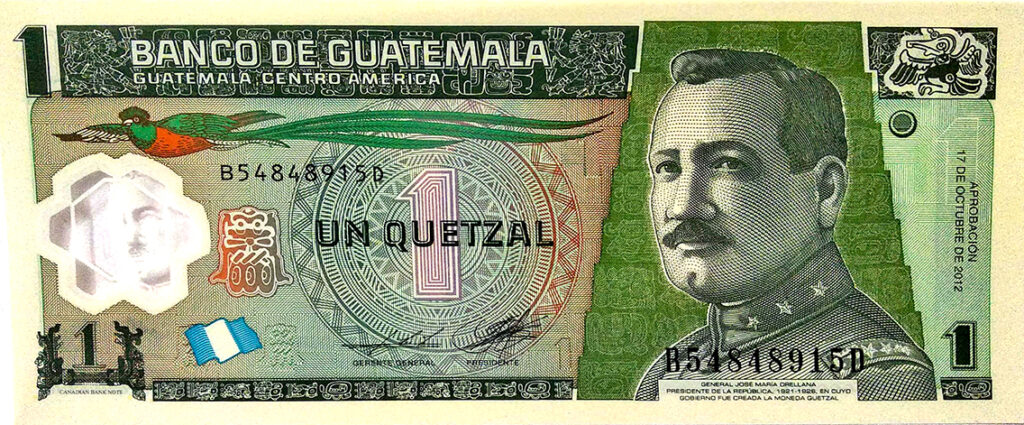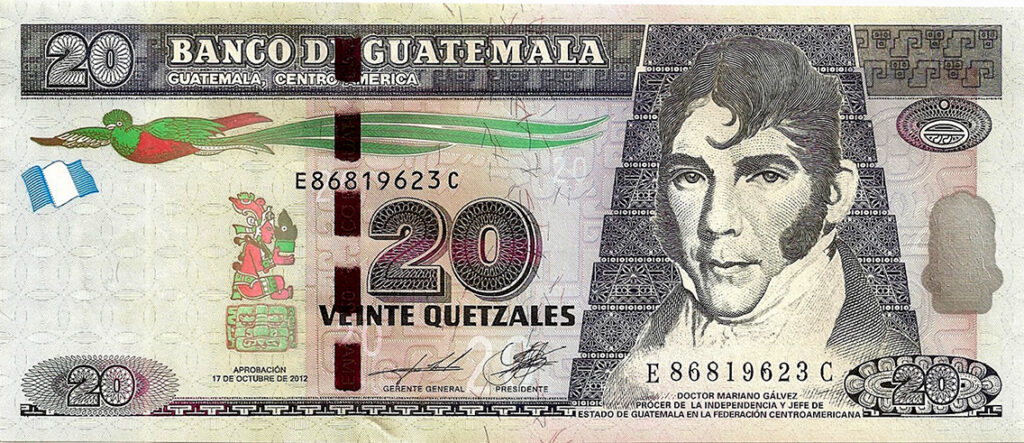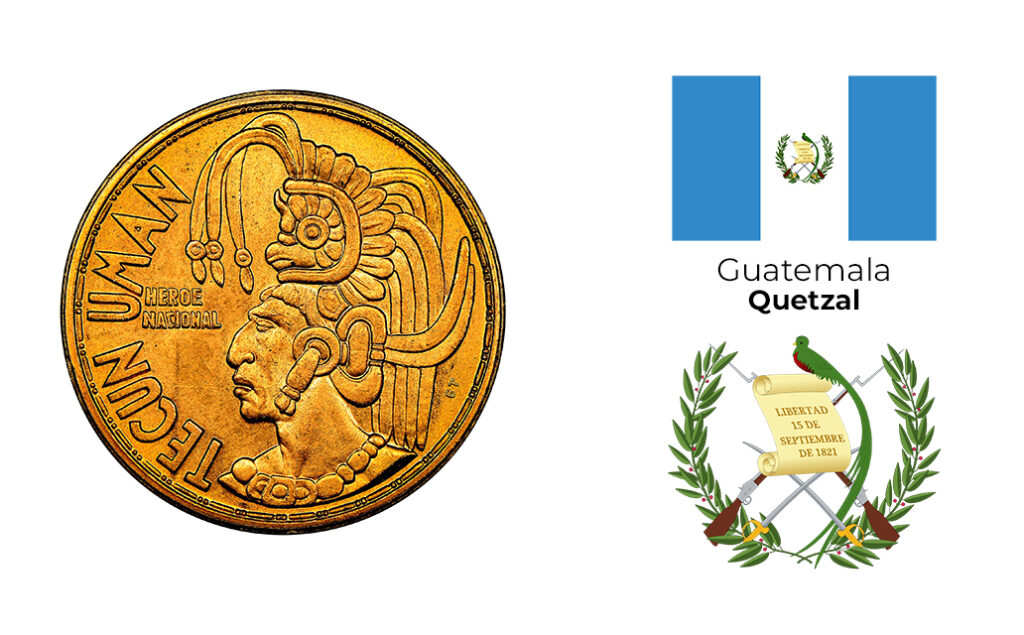
Resurrection of the resplendent Quetzal
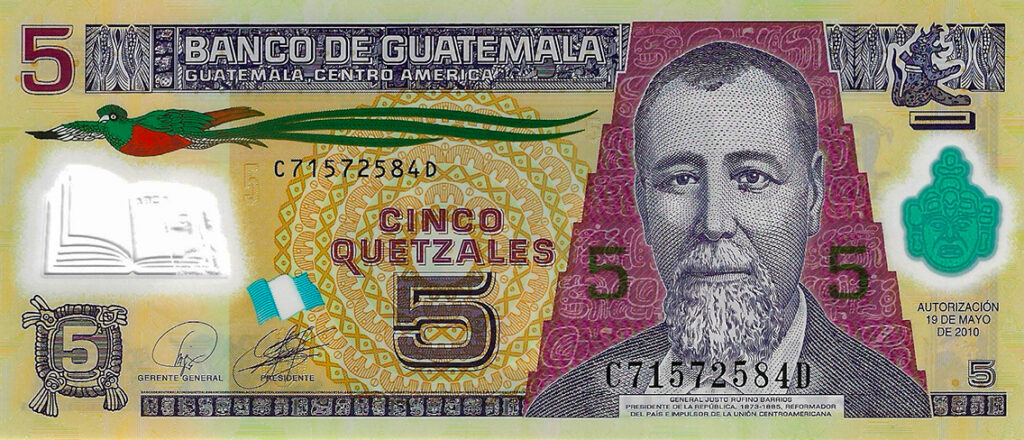
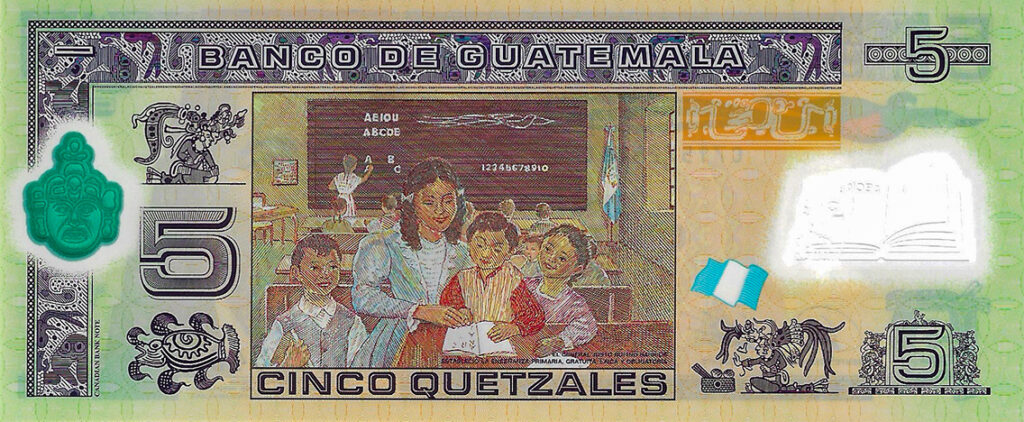
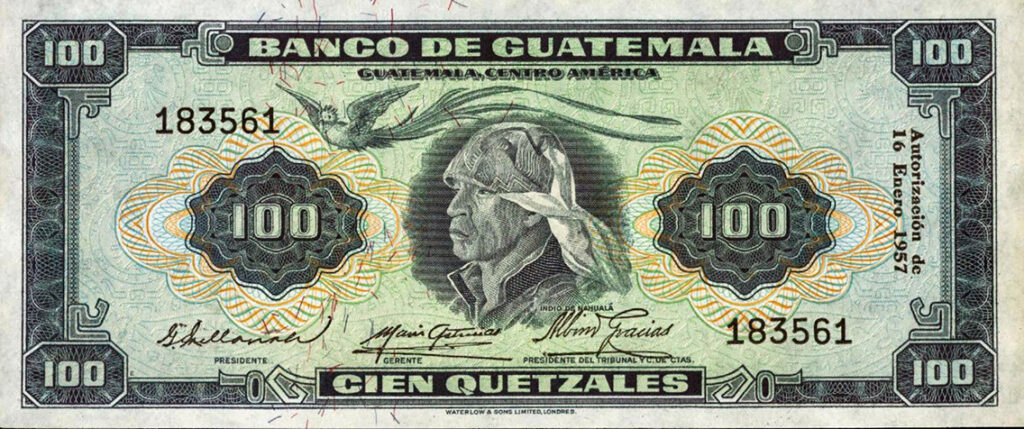
Guatemala, the true custodian of the magical Mayan culture, is a developing nation occupies the very heart of Central America. Inheriting a mammoth share of Maya Civilization that once prospected through much of the region, Guatemala despite its natural riches has fought a long battle for self-determination. Ancient Mayans were known for their megacities, set amidst lush rainforests; their lifestyle was deeply rooted in nature. One unbelievably exotic bird was central to the Mayan culture. There were folklores linked to its unmatched form and their tail feathers were prized as ornaments in royal headgears. These feathers were exchanged just like any currency. But, these exceptionally beautiful creature of mother nature have another unusual facet; they cannot survive in captivity. For this very reason, loss of natural habitat for Quetzals wreaked havoc; the birds and their tail feathers became scarce with time, sought after as prized possessions. The overwhelming presence of this bird – The resplendent Quetzal – in Mayan culture lead to Guatemala naming its currency as Quetzal after a century of its independence from Spain.
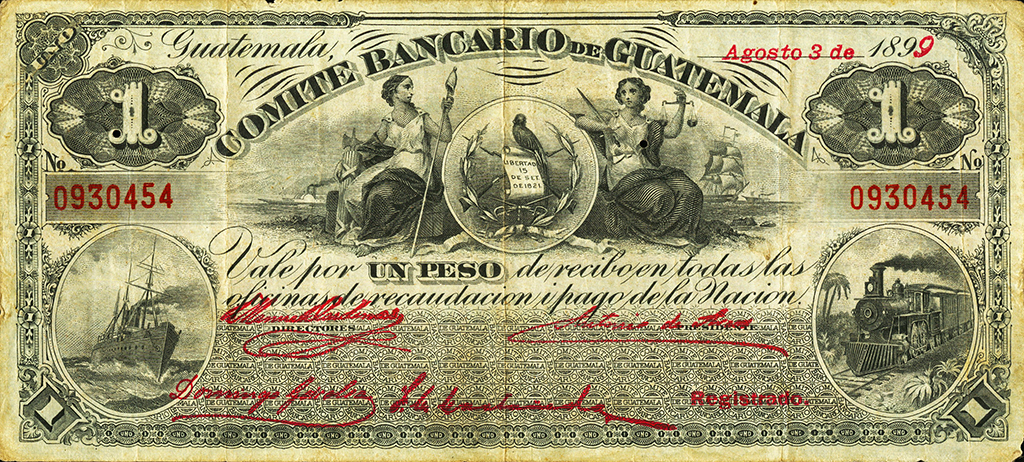
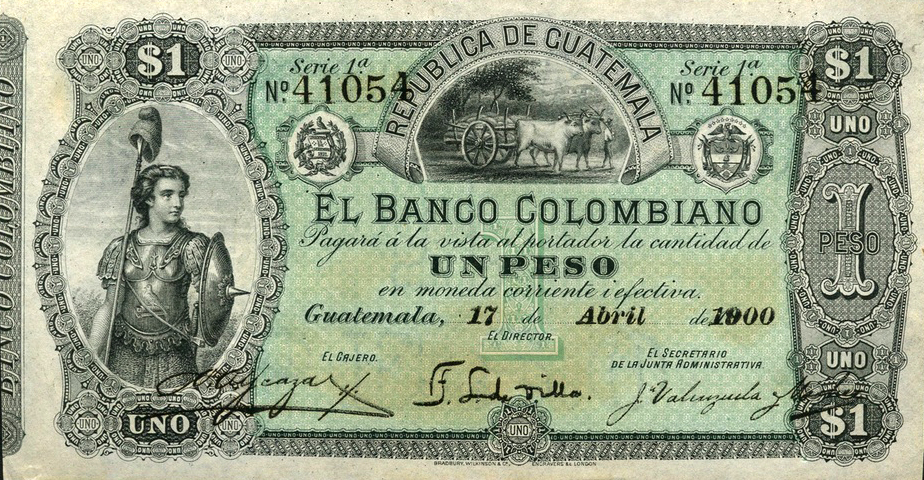
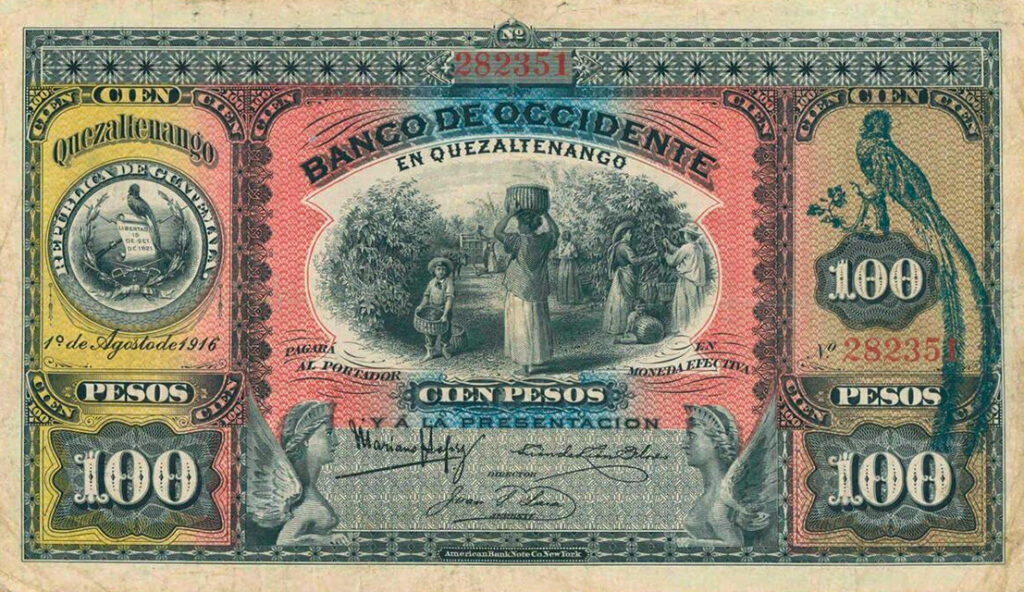
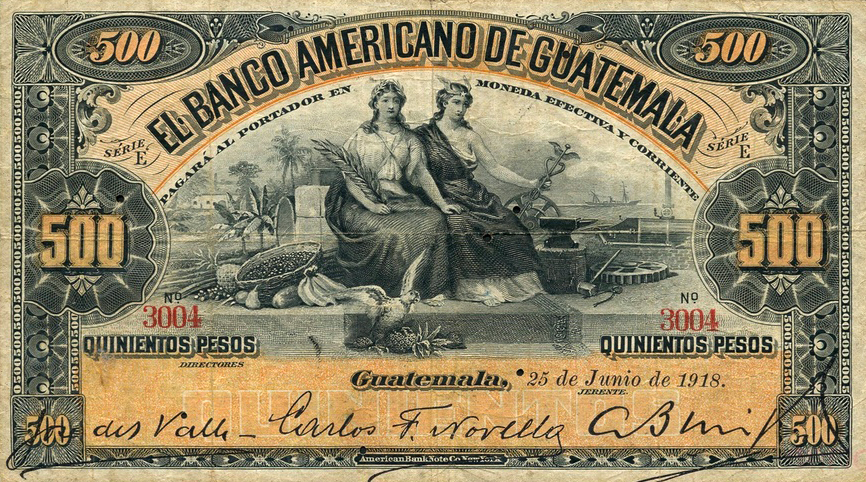
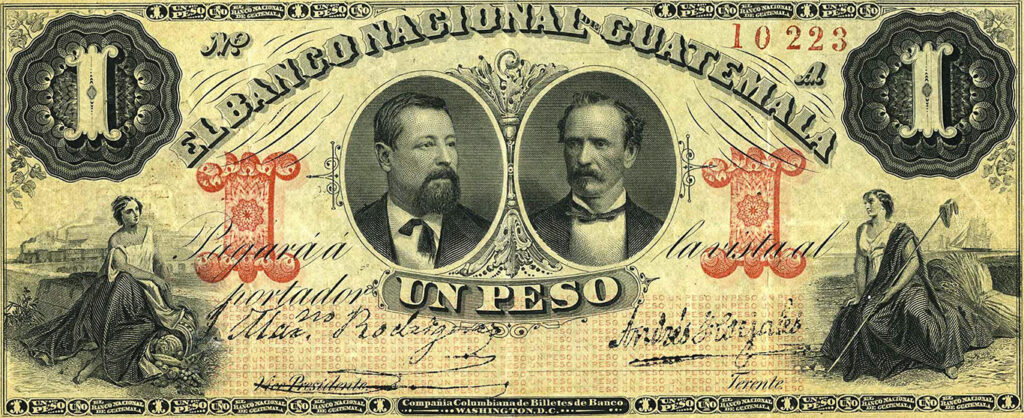
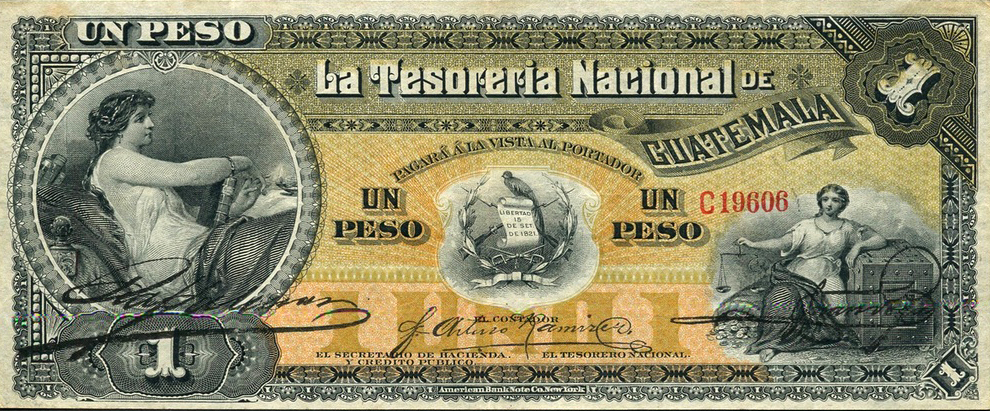
When the Spaniards moved into Central America with an intention of establishing colonies, they brutally murdered the Mayan Civilization with impunity. By early 16th Century CE, much of modern day Guatemala was captured. Colonial rule was all about cultural oppression. In 1821 CE, Guatemala broke off from the Spanish rule with fellow when a group of Central American states proclaimed Independence as “Federal Republic of Central America.” The republic was split in 1844 CE pushing Guatemala into a phase of political instability. Onset of 20th Century brought in some order but with a heavy cost; exploitation by United Fruit Company thoroughly supported by the US turned Guatemala into a banana republic. Around 1944 CE, a revolution gained steam to bring back democracy only to be quelled by US in 1954. Starting 1960s, the nation was pushed into decades of civil war orchestrated by US supported governments and Leftist forces.
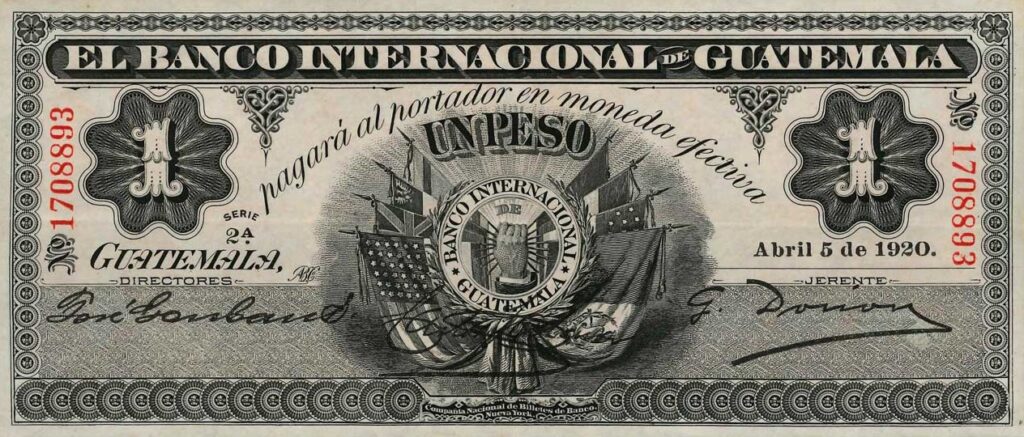

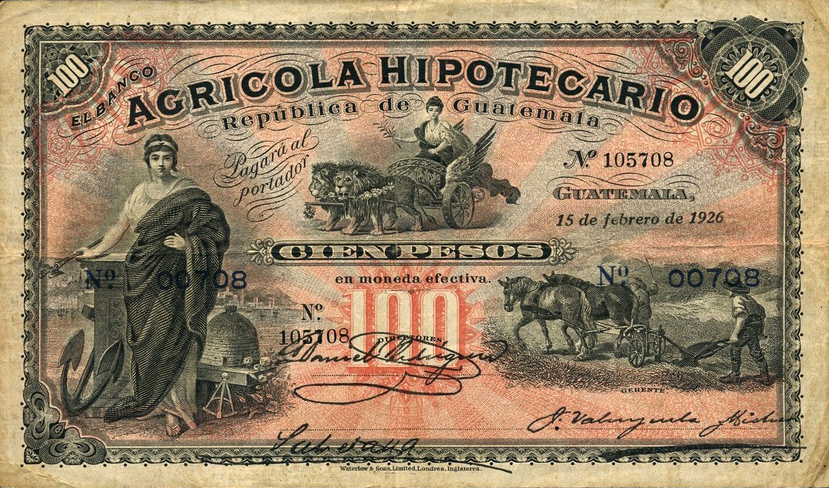
Between 1821 to 1844 CE, a large number of private banks operated in Guatemala. They also circulated Banknotes; El Banco Agricola Hipotecario, Banco Americano de Guatemala, Banco Colombiano, Banco Comercial de Guatemala, Banco de Guatemala, Banco Internacional de Guatemala, Banco Nacional de Guatemala, Banco de Occidente en Quezaltenango, Comite Bancario de Guatemala were some of these private banking authorities. By the middle of 19th Century CE after Guatemala’s separation from “Federal Republic of Central America,” the nation launched its first currency – Guatemalan Peso – adding the nationality before the colonial currency of Peso. In 1925, a new dawn heralded with introduction of a brand new currency named after the legendary bird – Quetzal – in 1925 CE. Newly formed Bank of Guatemala was authorized to issue and regulate the local currency with initial valuation of “1 Quetzal = 60 Pesos.” Quetzal banknotes designs draw heavily from the Mayan Culture with conspicuous resplendent Quetzal flying here and there.
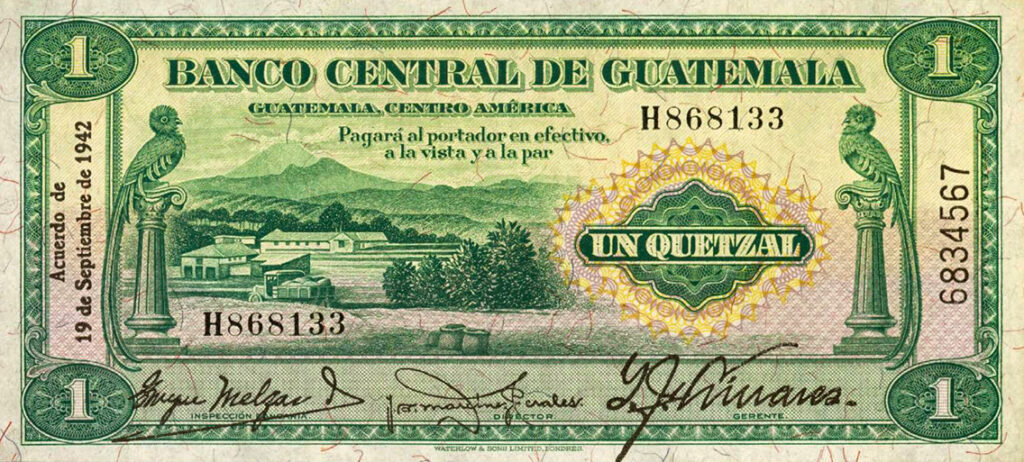
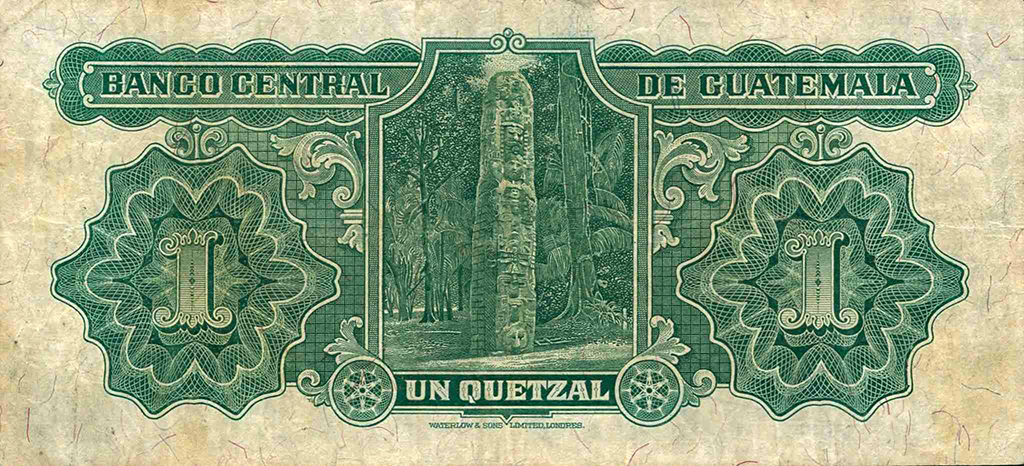
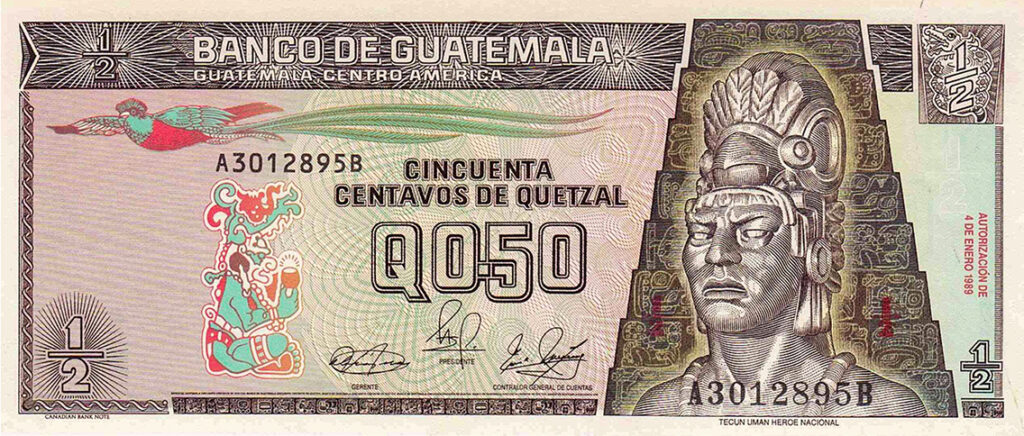
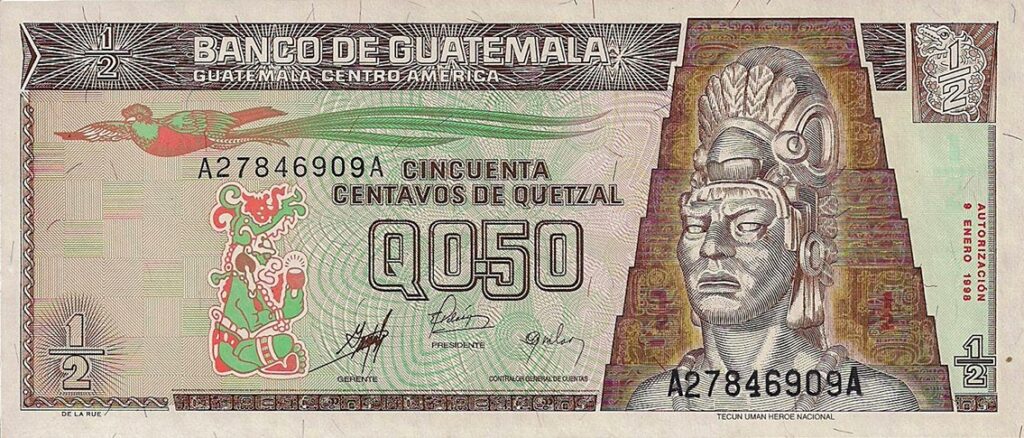
Main Features | The Guatemalan Quetzals look more like pictorial puzzles rather than simple banknotes with their share of bizarre, intriguing signs and symbols. The banknotes set in “landscape” orientation are divided into well-defined sub-spaces. On the observe, there are (i) Numerals for denominations at 6 places with the top right corner reserved for Mayan Numeral for the denomination; and Serial Numbers at two places (ii) Texts for Denomination in words, Issuing Authority – Banco de Guatemala, Guatemala, Centro America and designation of two signatories (iii) Images – One dominating personality against a background crafted with visual motifs derived from the Mayan Culture – the resplendent Quetzal bird, the Mayan Hieroglyphs and the towering pyramids of Mayan Metropolis of Tikal. On the reverse, the dominating image showcases local landscapes and sceneries. Numerals are used for denomination at three places, Texts include Denomination in words and Banco de Guatemala while the images showcase a harmony between old and new; one dominating image sprinkled with small icons, symbols and Guatemalan Flag is the general rule. A range of printers have been put into service by the Banco de Guatemala – Thomas de La Rue, Canadian Banknote, Waterflow and Sons, and PWPW S.A. in recent times.

